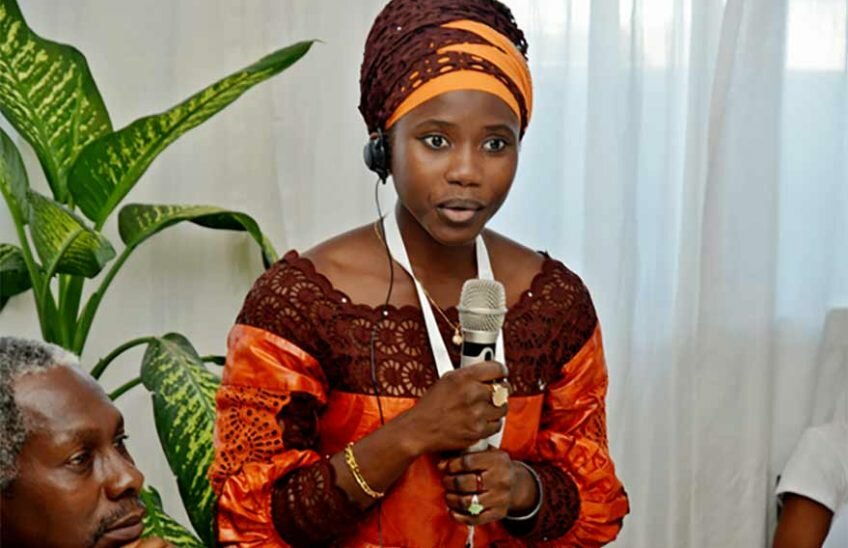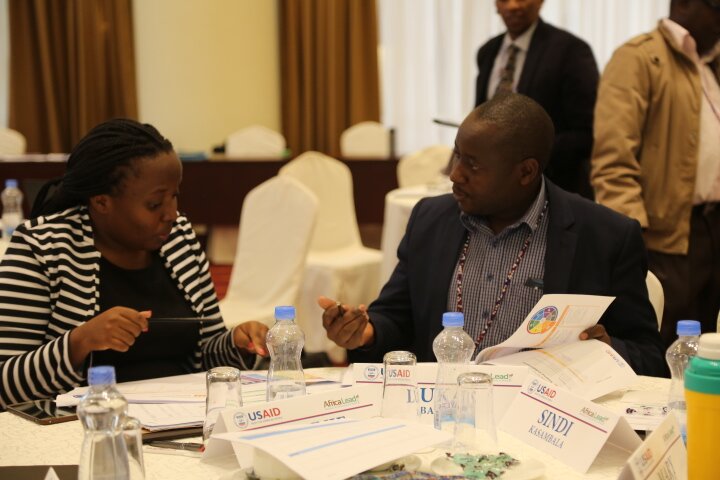The average age of a farmer in Kenya is 61. In a country where nearly 75% of the total population is below 35, youth unemployment has remained at nearly 20% for the last ten years. For many of Kenya’s unemployed youth, agriculture presents a viable business opportunity to create a long-lasting livelihood. The agriculture sector, however, remains largely unattractive to the youth and their participation is hindered mostly by lack of access to land, finance, and markets.
read more
Seventy-five percent of Kenyans derive all or part of their livelihoods from agriculture which also accounts for more than half of Kenya's gross domestic product. The Agriculture Council of Kenya (AgCK) was established in 2015 by six agriculture sector interest groups to represent the under-represented groups that make Kenya’s agriculture sector a major part of Kenya’s economy.
read more
The Fall Armyworm (FAW) pest is a serious threat to food security in Africa, potentially causing loss of 8.3 to 20.6 million tons of maize per year if uncontrolled. FAW not only affects production of a staple food crop in the East Africa region, but also undermines the economic viability of Africa’s emerging private seed sector.
read more
The Horn of Africa is an area with scarce natural resources and that is vulnerable to food security crises, threatening traditional pastoral livelihoods. In 2011, the Horn of Africa faced the worst drought in 60 years, leading to famine in Somalia, and emergency food insecurity levels in Kenya and Ethiopia. At the peak of the drought, more than 13 million people across the region required humanitarian assistance, and more than 700,000 refugees fled Somalia.
read more
As USAID Kenya’s lead learning partner in the Partnership for Resilience and Economic Growth (PREG), Africa Lead participated in the inaugural ASAL Conference. The objective was to create a platform for prioritization and realigning of the ASALs development agenda with the national development priorities for accelerated social, economic and cultural development,
read more
Africa Lead facilitated the Monitoring Evaluation and Learning / Collaboration, Learning and Adaptation (MEL/CLA) meeting for USAID/Kenya and East Africa (KEA) regional partners meeting on 22 August 2018 in Nairobi, Kenya.
read more





